There are many types of clothing. Due to the basic form, variety, use, production methods and raw materials of different kinds of clothing, all kinds of clothing also show different styles and characteristics, which are very varied. Different classification methods lead us to different styles of clothing, to see what classification methods are there! First, according to the basic form of clothing classification. According to the basic shape and shape structure of the clothing, it can be classified into three types: body shape, style type and hybrid type. 1. Body type: Body-shaped clothing is a garment that conforms to the shape and structure of the human body and originates from the cold zone. The general wearing form of this type of clothing is divided into two parts: top and bottom. The top is adapted to the shape of the bust, neck and arms of the human body; the bottom is in line with the shape of the waist, hips and legs, mainly in pants and skirts. Cutting and sewing are more rigorous, paying attention to the contour shape and main body effect of the garment. For example, the suits are mostly in the shape of a body. 2. Style: Style clothing is a clothing style that is covered in the loose and stretched form, which originated in the tropical region. This kind of clothing is not freely attached to the shape of the human body, and is more free and arbitrary. The cutting and sewing process is mainly based on simple planar effects. 3. Hybrid type: The mixed type of clothing is a combination of cold and body type and tropical style. It has both characteristics. The cutting adopts a simple planar structure, but the human body is the center, and the basic shape is rectangular. Such as Chinese cheongsam, Japanese kimono and so on. Second, according to the clothing wear combination classification 1. The whole package: The garments connected to the upper and lower parts, such as dresses, are connected by the top and bottom, and the overall shape of the garment is strong. 2. Set: The clothing is separated from the bottom. There are two sets, three sets and four sets. 3. Jacket: Wear the outermost layer of clothes, including coats, windbreakers, raincoats, cloaks, etc. 4. Vest: Sleeveless clothing worn to the upper body, usually as short as the waist and hips, for a slightly close-fitting look. 5. Skirt: Covering the clothing used for the lower body, there are more changes in one-step skirt, A-line skirt, round-table skirt, and culottes. 6. Pants: The form of clothing that is divided into trouser legs from the waist down to the buttocks. It is easy to wear. There are trousers, shorts, and pants. Third, according to the purpose of clothing classification Divided into two categories of underwear and outerwear. Underwear is close to the human body, and it plays the role of protecting the body, keeping warm and shaping. The outerwear is different in different places and uses, and there are many varieties. Can be divided into: social service, daily clothing, professional clothing, sportswear, indoor clothing, stage clothing and so on. Fourth, according to fabric and production process classification Chinese clothing, western clothing, embroidered clothing, woolen clothing, silk clothing, cotton clothing, fur clothing, knitwear, down clothing, etc. V. Other classification methods In addition to some of the above classification methods, some garments are classified according to the differences in gender, age, ethnicity, and special functions. 1. Classified by gender: there are men's and women's wear. 2. Classified by age: baby clothes, children's clothes, adult clothes. 3. Classified by ethnic group: There are national costumes and foreign national costumes, such as Han costumes, Tibetan costumes, Mexican costumes, Indian costumes, etc. 4. Classified according to special functions: heat-resistant fire-fighting suits, high-temperature work clothes, impervious diving suits, flight suits worn at high altitude, space suits, mountaineering suits worn in mountains, etc. 5. According to the thickness of the clothing and the different types of cushioning materials: there are single clothing, clothing, cotton, down jacket, silk clothing. 6. According to the effect of clothing washing water: stone grinding, rinsing, general washing, sand washing, enzyme washing, snow washing clothing. Six: Classification by HS code The Harmonized Commodity Description and Coding System is referred to as the Harmonized System (HS), which is based on the Customs Cooperation Council Classification (CCCN) and the United Nations International Trade Standard Classification (SITC). , a multi-purpose international commodity classification catalogue with reference to other major international taxation, statistics, transportation and other classification coordination systems. HS code, the six-digit code indicates its classification code, the first two codes represent the chapter, and the third and fourth digits are the positions of the products in the chapter (in the order of processing hierarchy), the first to fourth digits For the Heading, the subsequent fifth and sixth digit codes are called Subheading, and the first six digits are consistent in all countries. After the seventh digit, the number of codes that countries will develop according to their own needs. Apparel belongs to the eleventh class and the 61st and 62nd chapters of the HS classification system. The 61st chapter is knitted or crocheted products, numbered from 6011, 1000-6101, 9000, 120, and the 62nd chapter is non-knitted or non-crocheted. Clothing and accessories. Applicable to the manufacture of any textile product other than the batt. The numbers are from 6201, 1100-6217, and 9000, with a total of 155 codes, which are classified according to style, gender, age, and raw materials. For example, the HS number of the cotton men's down coat is 6201, 110, and the HS code of the cotton women's down coat is 6202 and 1210. 7. Classification according to the characteristics of production and processing of knitted garments, classification of wool knitted garments. 1. Classification by raw material composition (1) Pure wool (including wool blends): can be divided into sweaters, cashmere sweaters, camel sweaters, lambskin (short-haired) shirts, rabbit-wool blended shirts, camel-wool blended shirts, yak wool Blended shirts, etc. (2) Blended category: can be divided into wool/acrylic fiber, rabbit sheep/acrylic fiber, mohair/acrylic fiber, camel hair/acrylic fiber, cashmere/brocade, rayon blended shirt, cashmere/silk blended shirt, etc. (3) Purifying fiber (including chemical fiber blending): It can be divided into elastic nylon shirt, elastic polypropylene shirt, elastic polyester shirt, acrylic bulk shirt, acrylic/polyester, viscose/nylon blend shirt. (4) Interlacing: It can be divided into wool acrylic fiber, rabbit wool acrylic fiber, wool cotton yarn interlaced shirt and so on. 2, according to the spinning process classification (1) Combing: Knitted velvet, fine velvet, velvet woven wool sweater, thick and thin sweater, etc. (2) Carding: various sheep's sweaters, cashmere sweaters, rabbit sweaters, camel sweaters, and selangor sweaters woven from knitting yarns. (3) Flower-colored gauze sweater: a flower-colored sweater woven with floral knitted velvet (loop yarn, knot yarn, free yarn, and pull yarn). These sweaters are quirky in appearance, chic and artistic. 3, according to the type of knitting machine classification: sweater fabrics are generally weft-knitted fabrics, there are two kinds of round machine products and flat knitting machine products. (1) Round machine product: refers to a sweater made by a circular knitting machine first woven into a cylindrical grey cloth, and then cut and processed. (2) Flat knitting machine product: It refers to a sweater made by hand-shaping a woven machine into a garment blank and then being stitched by processing. It can also be referred to as a computerized flat knitting machine woven into a grey fabric, which is cut into a sweater by cutting. 4, according to the organization structure of the grey cloth: generally divided into single-sided, four-flat, fish scales, jacquard, plucking, picking flowers, twisting flowers and so on. 5, according to the modified flower type classification: can be divided into printing, embroidery, decals, flowers, beads, flowers, hair, fluff, inlay, relief and so on. (1) Printed sweater: The printing pattern is printed on the sweater to achieve the purpose of improving the beautification effect, and it is a new variety in the sweater. The printing pattern is full of printing, predecessor printing, partial printing, etc. The appearance is beautiful, the art is strong and the decoration is good. (2) Embroidered sweater: Embroidered various patterns on the sweater by hand or mechanically. The pattern is delicate and delicate, colorful and colorful, with blouses and children's wear. There are natural embroidered sweaters, plain embroidered sweaters, colorful embroidered sweaters, cashmere sweaters, silk embroidered sweaters, gold and silver thread embroidered sweaters. (3) Pulling the sweater: The woven sweater is processed by the brushing process to pull out a layer of evenly dense fluff on the surface of the fabric. The brushed sweater is fluffy and soft, and it is light and warm. (4) Fleece sweater: also known as hair-shrinking sweater, woollen sweater, generally need to go through the fluffing treatment. After the fluffing, the sweater is tight and thick, soft and full, and the surface is dense and delicate. It is comfortable to wear and keep warm. (5) Embossed sweater: It is a new type of artistically strong sweater. It prints the water-soluble anti-shrinking resin on the sweater, and then the whole sweater is down-finished and printed with anti-shrinkage agent. The pattern of the fabric does not produce a phenomenon of fluffing, and the surface of the fabric exhibits a embossed pattern of fluffed and non-retracted embossing, and then embossed with a printed embellishment, so that the pattern has a strong three-dimensional effect, the flower is elegant and elegant, giving With a fresh and striking feeling. 2, cotton knitwear classification (1) Classified by fabric production method Knitted fabrics are divided into warp knitting and weft knitting according to production methods. (2) Classification by fabric organization structure The single-comb warp knitting of warp knitted fabrics basically consists of warp-knitted tissue, satin-spun tissue, and warp-knitted tissue. However, in actual production, as a coat or a shirt, a double comb or a multi-comb warp knitting is generally used. The versatile use of the double-comb warp knit fabric is a velvety tissue, a translucent tissue, and an oblique chain structure. The basic organization of weft knitted fabrics mainly includes weft needle structure (commonly known as "sweat cloth"), rib structure (commonly known as "elastic cloth"), and double rib structure (also known as double frontal tissue, commonly known as "cotton cloth"). Double reverse tissue (also known as "pearl"). There are also pad tissue, tuck tissue, terry tissue, pineapple tissue, leno tissue, corrugated tissue, plush tissue, lining weft tissue and other flower color tissue and composite tissue. After understanding the various classification methods of clothing and the performance characteristics of different garments, we can make us clear the design purpose and requirements of the garments, correctly select fabrics and accessories, adopt reasonable methods for processing, and inspect various types according to the prescribed procedures. The clothing is finally made into a garment that satisfies the customer. Enter the Alizer Merchants page Jacquard Knitted Fabric,Checks Jacquard Fabric,Jacquard Mini Pattern Fabric,Small Pores Fabric Shaoxing Weihui International Trade Co.,Ltd. , https://www.weihui-fabric.com
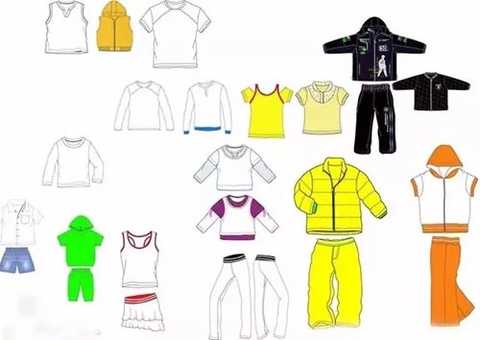
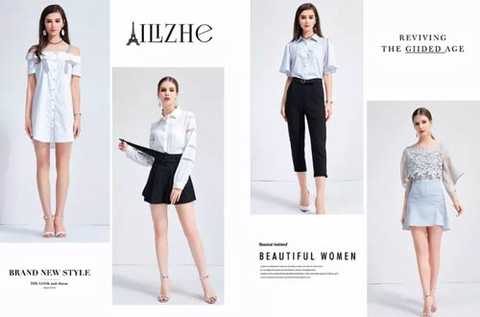
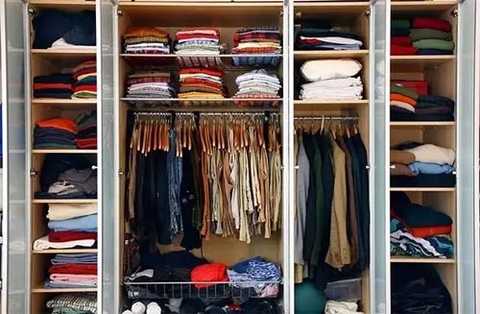
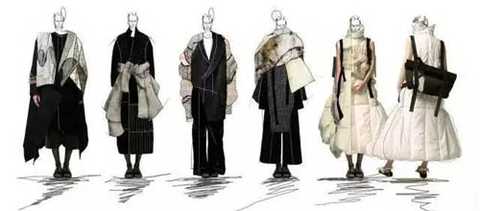
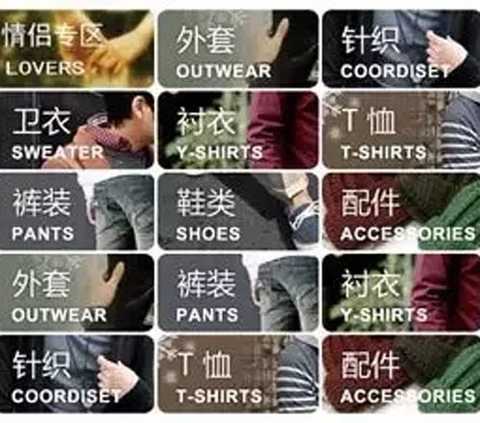
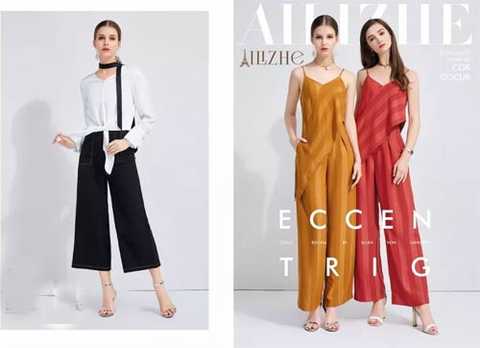

October 29, 2023